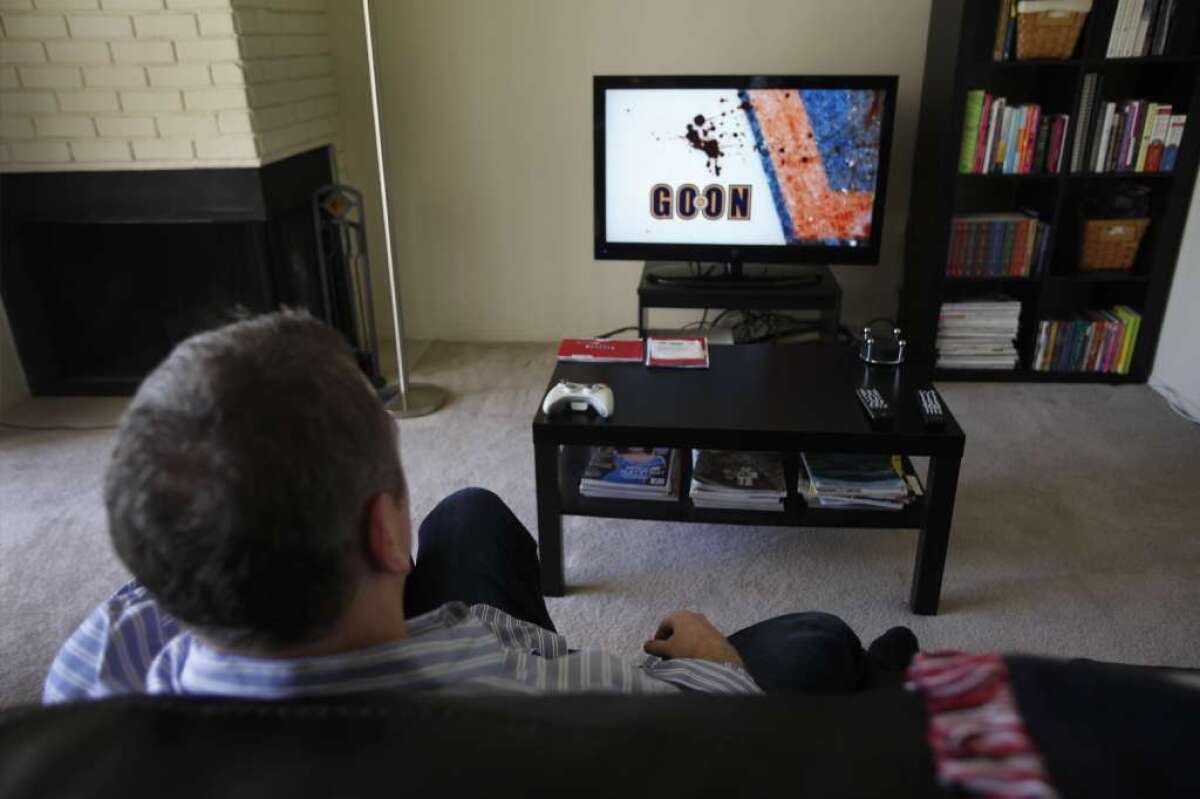TVs, cars may spread obesity and diabetes to poor nations, study warns

- Share via
Warning: Owning a television may be hazardous to your health. Ditto for owning a car, though not quite as much. And the less money you have, the more dangerous the devices become, according to a new study.
In the United States, Canada and other wealthy countries, increasingly sedentary lifestyles are blamed for contributing to the rise in obesity and Type 2 diabetes. Instead of walking to school, we take the car. Instead of working on our feet, we sit at our desks. Instead of preparing our own meals, we hit the drive-through on our way home.
Researchers set out to see whether these patterns were repeated in countries where TVs, cars and computers were not yet ubiquitous. They analyzed data from the Prospective Urban Rural Epidemiological Study, or PURE, which tracks 153,996 people in 17 countries that represent a range of economic conditions. At one end of the spectrum are residents of Canada, Sweden and the United Arab Emirates; at the other are citizens of Bangladesh, India, Pakistan and Zimbabwe.
Researchers visited study participants in their homes, in mobile clinics and in community centers. Among other things, they measured the volunteers’ height and weight, allowing them to determine their body mass index. They asked them about their diet and their physical activity. They also asked whether they owned a television, car and computer.
The researchers found that 83% of all households owned a television, though that was more common in rich countries (where more than 97% of homes had a TV) than in poor ones (where only 44% of rural households had one). In addition, about 30% of all households had a car, and 30% had a computer (again, these were more common in rich countries).
Overall, owning a TV was associated with a 39% greater risk of obesity and a 33% increased risk of diabetes, on average. In addition, people who owned cars were 15% more likely to be obese, on average. Ownership of these devices was linked with spending more time sitting, getting less physical activity, consuming more calories and having a higher body mass index. The poorer people were, the stronger the link between owning a TV or a car and the risk of developing these health problems.
In the full sample of volunteers, there was no statistical link between owning a car and the risk of diabetes, or between owning a computer and the risk of either obesity or diabetes. But when residents of low-income countries were considered on their own, owning any of the devices was a risk factor for obesity and diabetes, the research team found.
Compared to owning none of the three modern devices, owning one was linked with a 43% increased risk of obesity and a 38% increased risk of diabetes. Owning two device raised the obesity risk to 58% and the diabetes risk to 43%.
Once again, the acquisition of a device made the biggest difference to the poorest people, the researchers discovered. In low-income countries, the risk of obesity jumped from 3.4% for people who owned no devices to 14.5% for people who owned all three. Similarly, the risk of diabetes rose from 4.7% for those with no devices to 11.7% for those with all three. Meanwhile, in high-income countries, the risk of obesity and diabetes was basically the same for everyone, no matter how many devices they owned.
Though the statistical analysis showed a correlation between ownership of TVs and cars health risks tied to being sedentary, the study doesn’t prove that the devices caused obesity or diabetes. Still, it doesn’t seem far-fetched to believe that as more countries come closer to the U.S. standard of living, they will pay for it with U.S. levels of these chronic conditions.
“Exposure to household devices in the low income countries has only recently begun and, therefore, the negative effects of their ownership are more acute and may increase as ownership increases,” the research team concluded.
Their report was published online Monday in the Canadian Medical Assn. Journal.
If you’re interested in the latest scientific and medical studies, you like the things I write about. Follow me on Twitter and “like” Los Angeles Times Science & Health on Facebook.






